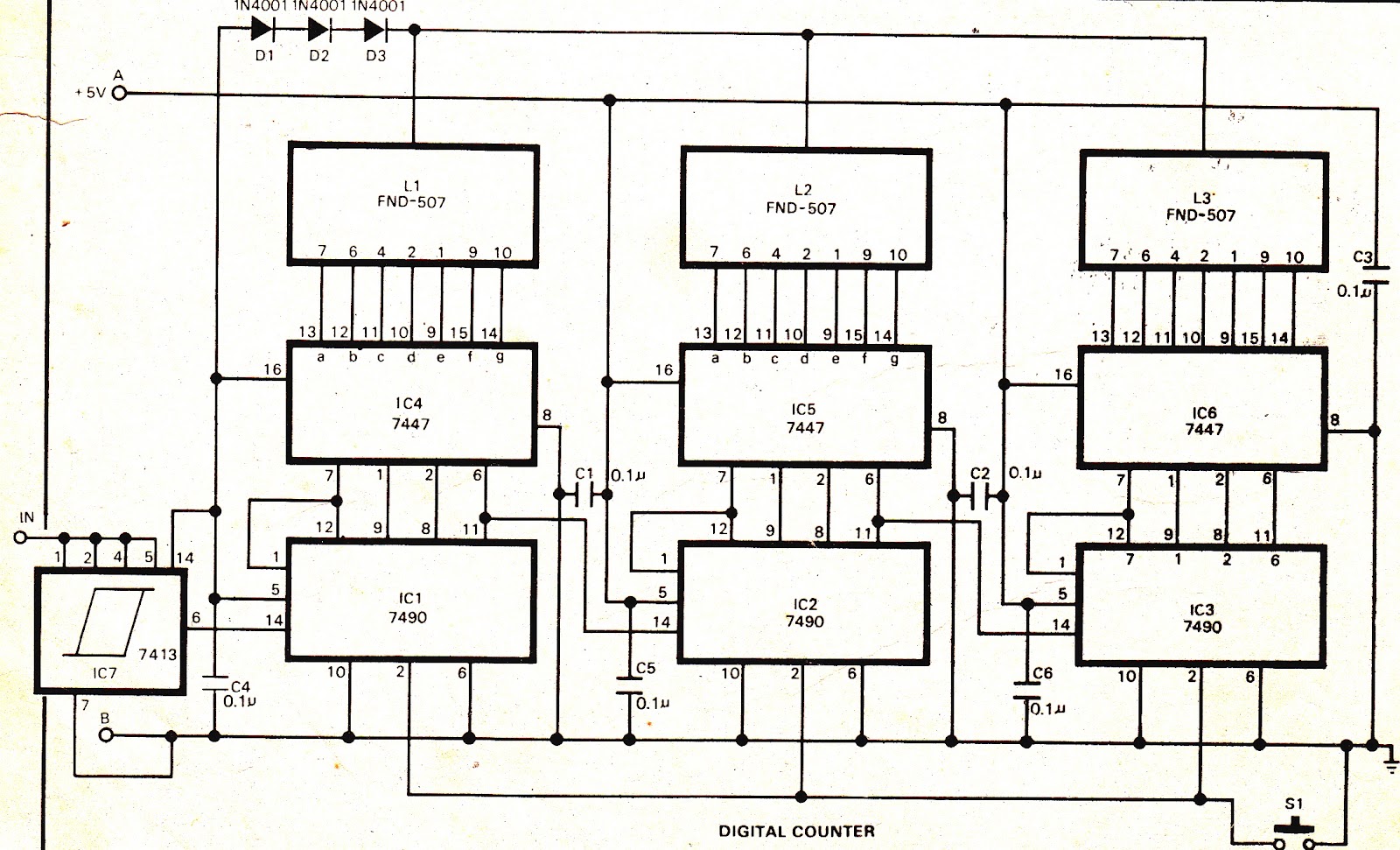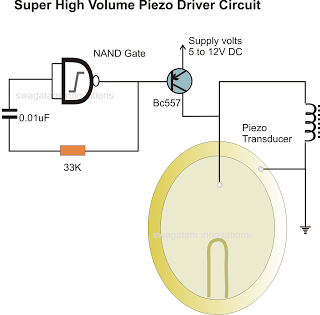
Simple Capacitor Tester

An LM3909 LED flasher functions as an oscillator, with the frequency determined by the capacitor connected to its terminals. The LED can be utilized to visually count frequency using a stopwatch for large capacitors (C > 500µF).
The LM3909 is an integrated circuit specifically designed for driving LEDs in a flashing pattern. It operates by charging and discharging a capacitor, which sets the timing interval for the LED's on and off states. The frequency of the oscillation is primarily influenced by the capacitance value and the resistor connected to the timing circuit.
In practical applications, a capacitor larger than 500µF can be employed to achieve slower flashing rates, allowing for easier visual frequency counting. When the circuit is powered, the capacitor begins to charge through a resistor until it reaches a threshold voltage, at which point the LM3909 activates the LED, illuminating it. The LED remains lit for a predetermined duration before the capacitor discharges, causing the LED to turn off. This cycle repeats, creating a flashing effect.
To set up the LM3909 LED flasher circuit, the following components are typically required: the LM3909 IC, a resistor (R) to limit the charging current, and a capacitor (C) to determine the timing. The values of R and C can be adjusted to achieve the desired flashing frequency. Additionally, a power supply is necessary to provide the required voltage to the circuit, usually in the range of 3V to 15V.
The circuit can also be enhanced by incorporating additional features, such as a switch to enable or disable the flashing, or multiple LEDs to create a more complex visual effect. The versatility of the LM3909 allows it to be used in various applications, including decorative lighting, indicators, and educational tools for demonstrating frequency counting. An LM3909 LED flasher is used as an oscillator, and the capacitor connected to the terminals determines frequency. The LED can be used to count frequency visually using a stopwatch for large capacitors (C > 500uf).
The LM3909 is an integrated circuit specifically designed for driving LEDs in a flashing pattern. It operates by charging and discharging a capacitor, which sets the timing interval for the LED's on and off states. The frequency of the oscillation is primarily influenced by the capacitance value and the resistor connected to the timing circuit.
In practical applications, a capacitor larger than 500µF can be employed to achieve slower flashing rates, allowing for easier visual frequency counting. When the circuit is powered, the capacitor begins to charge through a resistor until it reaches a threshold voltage, at which point the LM3909 activates the LED, illuminating it. The LED remains lit for a predetermined duration before the capacitor discharges, causing the LED to turn off. This cycle repeats, creating a flashing effect.
To set up the LM3909 LED flasher circuit, the following components are typically required: the LM3909 IC, a resistor (R) to limit the charging current, and a capacitor (C) to determine the timing. The values of R and C can be adjusted to achieve the desired flashing frequency. Additionally, a power supply is necessary to provide the required voltage to the circuit, usually in the range of 3V to 15V.
The circuit can also be enhanced by incorporating additional features, such as a switch to enable or disable the flashing, or multiple LEDs to create a more complex visual effect. The versatility of the LM3909 allows it to be used in various applications, including decorative lighting, indicators, and educational tools for demonstrating frequency counting. An LM3909 LED flasher is used as an oscillator, and the capacitor connected to the terminals determines frequency. The LED can be used to count frequency visually using a stopwatch for large capacitors (C > 500uf).





